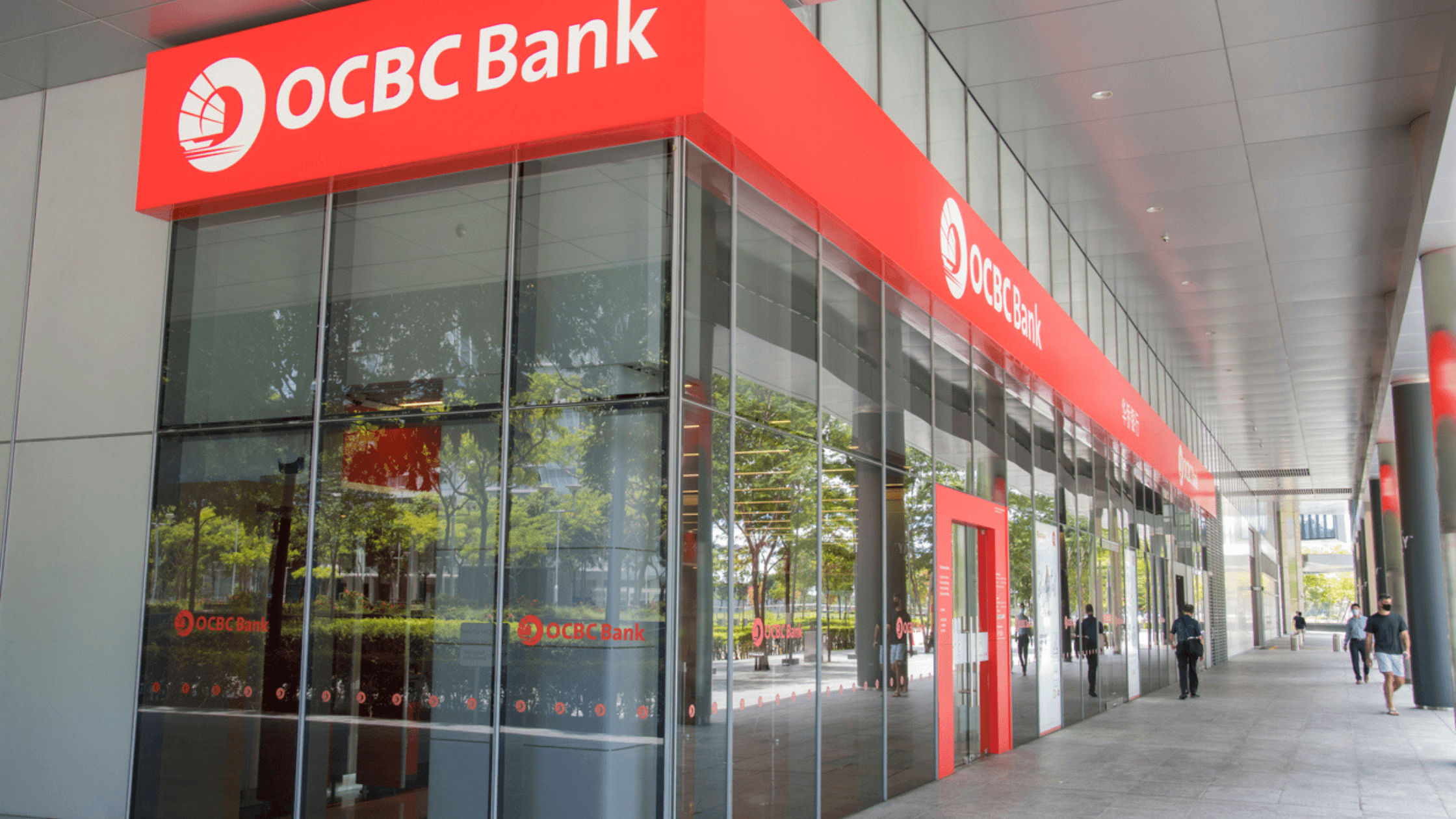Broker’s Call: OCBC’s Q1 2023 Results – A Dividend Yield Play
May 12, 2023

It’s been a positive environment over the past 12 months or so for Singapore banks. That’s because of rising interest rates imposed by the US Federal Reserve (Fed).
In Singapore, we’ve seen the big banks reporting their latest Q1 2023 earnings in recent weeks, with many seeing record net profits.
The last of those three big Singapore banks to report was Oversea-Chinese Banking Corporation Limited (SGX: O39).
Better known as OCBC, the bank released its latest Q1 2023 numbers on Wednesday (10 May) before the market opened.
So, here’s what Singapore bank stock investors need to know about OCBC’s latest results.
CGS-CIMB Analyst take
In short, OCBC echoed other Singapore banks’ management teams in that its net interest margins (NIMs) likely peaked in Q1 2023.
As a result, OCBC’s NIM should likely gradually decline to the 2.1% level – from the 2.3% recorded for Q1 2023.
We believe that OCBC’s Core Equity Tier-1 (CET1) ratio target of 14% in the short to medium term could translate into a higher dividend for shareholders.
Bottom line is that the team at CGS-CIMB Securities maintains our “ADD” rating on OCBC stock, following Q1 2023 earnings.
We think its dividend yield of around 6% is pretty attractive – certainly in relative terms versus its other Singapore bank peers.
OCBC winning in “flight to safety”
OCBC saw net profit rise 39% year-on-year to S$1.88 billion and easily beat consensus estimates for around US$1.7 billion.
Sequentially, net profit was up 44% from Q4 2023. Most of this was driven by stronger-than-expected insurance and trading income numbers.
A change in the way OCBC’s insurance subsidiary – Great Eastern Holding Limited (SGX: G07) – performs its accounting standards removed volatility from the bank’s insurance income line.
Elsewhere, a tentative recovery in sentiment drove stronger wealth management fees in Q1 2023 as OCBC benefitted from a general flight to safety.
Its assets under management (AUM) rose 4% quarter-on-quarter to S$270 billion.
Full-year NIM guidance raised but margins may taper off
OCBC management guided for a higher NIM of 2.2% for FY2023 – up marginally from the 2.1% previously guided – based on the assumption that the Fed doesn’t cut rates this year.
Management believes NIMs peaked in the latest quarter, given the limited scope for asset yield repricing amid the still-rising funding cost environment.
To address this, OCBC has been actively managing its funding mix – targeting more operational current account and savings accounts (CASAs) of SMEs and drawing its customers towards shorter-tenor fixed deposits (FDs).
However, despite the renewed guidance, we think NIMs could be trending downwards towards the 2.1% level by Q4 2023.
Real estate makes up 30% of loan book but no systemic risks
OCBC’s asset quality remained resilient in Q1 2023 with no systemic risks identified but there were some pockets of weakness.
The bank maintained its 15-20 basis point (bp) of credit cost expectations for FY2023 as it cautioned against higher non-performing loans (NPLs) in the second half of the year if macro conditions deteriorate.
Over 80% of its real estate exposure is to network customers which have solid credit quality or are highly collaterised, with a weighted loan-to-value ratio of 50%.
OCBC dividend could be higher for 2023
OCBC’s aim to bring its CET1 ratio towards 14% in the short to medium term means a capital excess in the region of S$4.4 billion.
That makes a strong case for higher dividends or meaningful share buybacks if it’s not used for M&A.
The bank is maintaining its targeted dividend payout ratio of 50% for FY2023. At its current price, OCBC shares are giving Singapore bank investors a trailing 12-month dividend yield of 5.6%.
Disclaimer: CGS-CIMB Securities Banks Analyst Andrea Choong doesn’t own shares of any companies mentioned.







